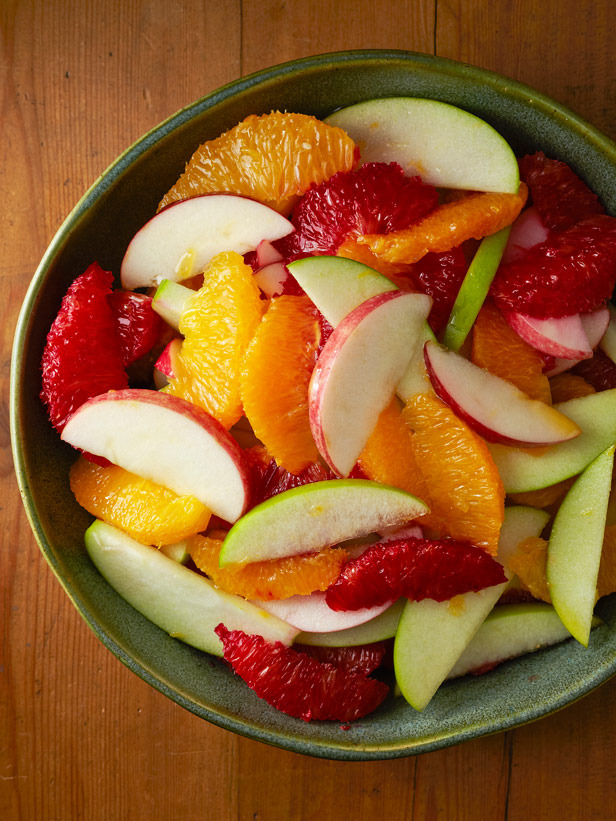What You Need to Know Before Getting Started
Weight loss can be achieved either by eating fewer calories or by burning more calories with physical activity, preferably both.
Weight loss can be achieved either by eating fewer calories or by burning more calories with physical activity, preferably both.
A healthy weight loss program consists of:
A reasonable, realistic weight loss goal
A reduced calorie, nutritionally-balanced eating plan
Regular physical activity
A behavior change plan to help you stay on track with your goals
We want to help you with each of these components.
A reasonable, realistic weight loss goal
A reduced calorie, nutritionally-balanced eating plan
Regular physical activity
A behavior change plan to help you stay on track with your goals
We want to help you with each of these components.
Keep in Mind
- Calories count
- Portions count
- Nutrition counts
- Even a modest amount of weight reduction can result in big many benefits
- Make an effort to develop good habits you'll always remember
- Discuss weight loss along with your doctor just before started
How To Get Started
- Look at your Body Mass Index(link is external) (BMI) - a signal of body fat - and see where it fits inside BMI categories.
- Discuss weight reduction along with your doctor and decide on an ambition. If you have lots of weight to shed, set a sensible intermediate goal, maybe to reduce 10 pounds. Understand that even handful of fat loss can lead to big health improvements.
- Estimate your calorie needs. Using USDA's online Adult Energy Needs and BMI Calculator(link is external), you can determine the number of calories needed each day to maintain your current weight. To shed about 1 pound a week, subtract 500 calories on a daily basis through the daily amount. To get rid of about 2 pounds a week, subtract 1000 calories daily.
- Score your present food consumption and exercise level using MyPlate SuperTracker. Taking a good look at your current habits will help you figure out what changes you might make in addition to your work right.
How To Know Which Weight Loss Program is Right For Me?
- Keep in mind that you would like to develop lifestyle habits that will help keep your weight in a healthy range. A shorter-term "diet" that you simply "continueInches and after that "go offInches isn't answer to long-term weight reduction.
- In picking how to make shedding pounds, remember key habits of people who have lost weight and saved in off. This type of person called "Successful Losers" from the weight management pros who have studied them.
Key Behaviors of Successful Losers*
- Getting regular physical exercise
- Reducing calorie and fat intake
- Eating regular meals, including breakfast
- Weighing themselves regularly
- Not letting small "slips" become large weight regain






